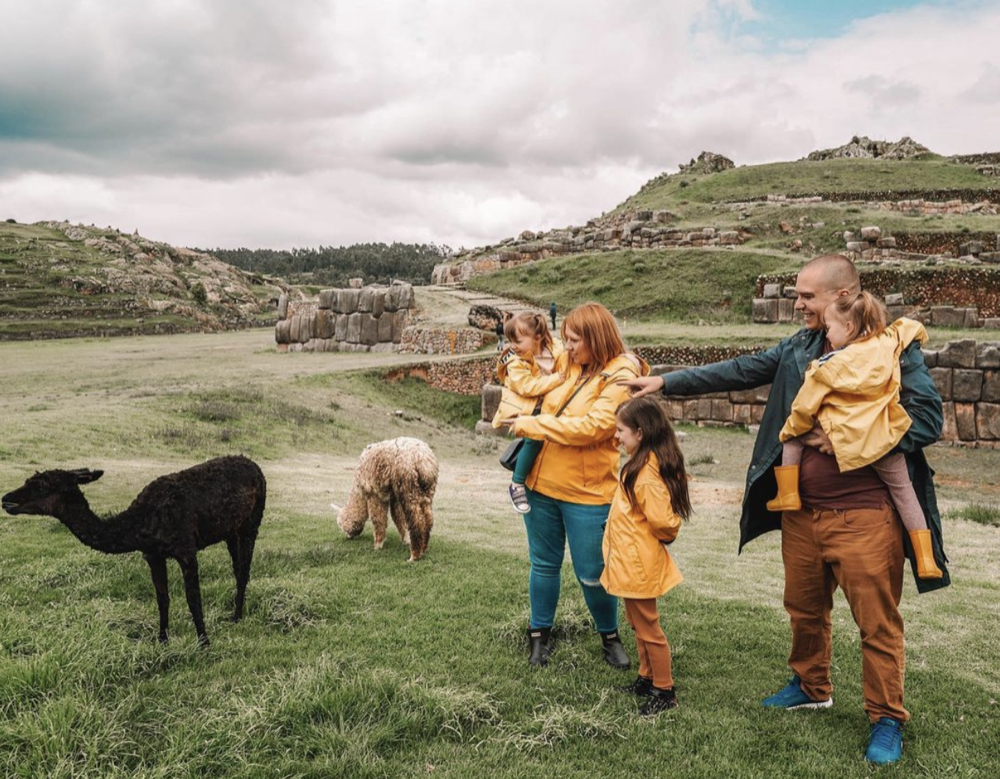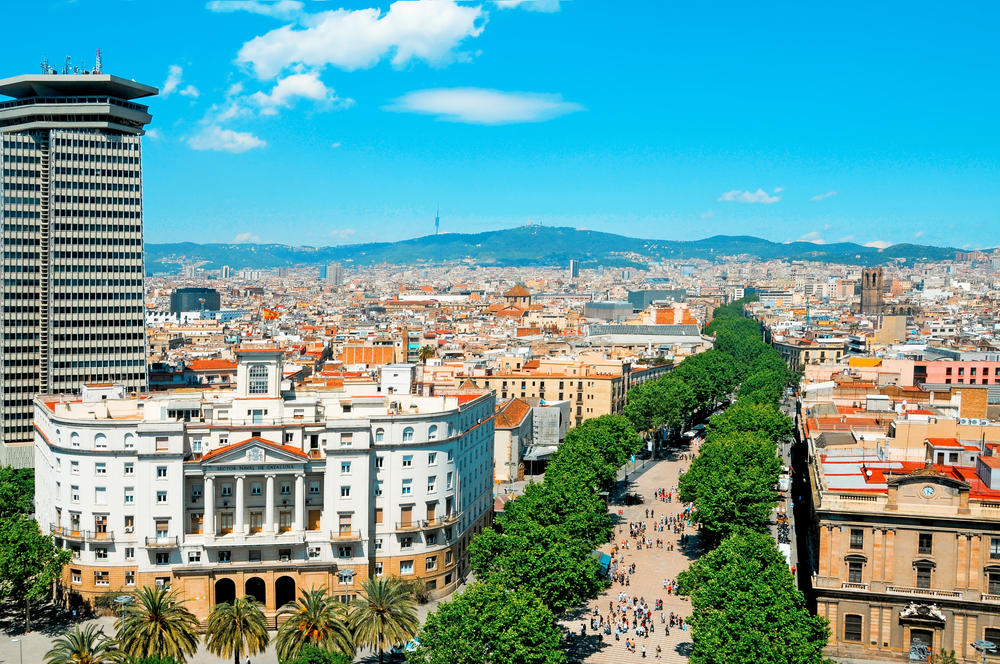Responsible Tourism: Popular Destinations Are Capping Visitor Numbers
 While the world continues to struggle through the COVID-19 pandemic, it turns out the effects of the virus weren’t all bad. In fact, the huge reduction in global travelers has proved positive to the environment and iconic attractions in many places in the world. For this reason, some locations are either maintaining the current limits on visitors or introducing new limits.
While the world continues to struggle through the COVID-19 pandemic, it turns out the effects of the virus weren’t all bad. In fact, the huge reduction in global travelers has proved positive to the environment and iconic attractions in many places in the world. For this reason, some locations are either maintaining the current limits on visitors or introducing new limits.
The new goals are partly to protect sensitive and fragile environments, but also to provide a more enjoyable visitor experience, without the madding crowds. However, obviously, this means taking a bit more time and trouble in planning your trip, including booking timed admission tickets months in advance to avoid disappointment. However, the benefits of visiting popular places without the long lines and overcrowded bathrooms certainly make up for the trouble. It also makes it possible to keep the destinations in a pristine condition and a better visitor experience all around.
The following are just some destinations that are planning to impose tourism caps now and possibly indefinitely, to improve the visitor experience and conserve the attraction.
Machu Picchu, Peru
Machu Picchu is known for over-tourism, and used to receive more than 4,000 visitors each day. However, when the site opened at 6 am, typically, hundreds of tourists would already be lining up, attempting to be the first to enter. The tickets were issued as half-day admissions; however, the four-hour time limit wasn’t strictly enforced. This meant that most visitors arrived early in the morning and stayed as long as they liked.
Like almost everything in the world, Machu Picchu closed in March 2020, due to the COVID-19 pandemic. However, four months later, Peruvian authorities decided that when they reopened the site, it would limit the number of daily visitors to 2,244. However, this didn’t solve the problem of everyone arriving at the same time. Now, authorities have taken the step to limit the number of tickets and issue them in time blocks. This means anyone who buys a ticket for 10 am will only be allowed to enter between 10 am and 11 am.
However, travelers should bear in mind that tickets are often sold out several months in advance and are not available at the gate. The best thing to do is confirm your admission ticket before booking your flight and accommodations in Peru. Find out more on the official website.
Glacier National Park, Montana, United States
In recent months, national parks in the US have been changing strategies to protect their natural environment. However, Glacier National Park is known as one of the most popular parks and has suffered badly from over-tourism. Parking lots were often full at sunrise, while some of the most popular trails were seeing more than 1,000 hikers each day. Sometimes entire areas of the park had to be temporarily restricted until the congestion eased up.
When the park first opened after the worst of the pandemic, many Americans who were unable to travel overseas chose to visit outdoor spaces like Glacier. Due to this, the park imposed an online reservation system for its popular Going-to-the-Sun Road corridor during peak visitor season from late May to early September 2021. It is believed the same system will be retained at Glacier to stop the crowds and attempt to handle over-tourism.
Seychelles, Africa
The archipelago of Seychelles is officially the Republic of Seychelles and consists of 115 islands, nestling in the Indian Ocean, and northeast of Madagascar. It was in 2007 that the government of Seychelles recognized the problems associated with its growing number of visitors. That year alone, numbers were up by 10 percent of the previous year. In 2010, Seychelles proposed a cap on the number of visitors at 200,000 starting that year.
The cap was primarily concerned with protecting the environment but was unsuccessful and visitor numbers reached 250,000 by 2015. While the country is still struggling to reduce visitors, it has already started restricting the building of new large hotel developments, in favor of smaller, locally-run properties, giving the true island experience.
Barcelona, Spain
With its stunning and iconic architecture and its beaches, Barcelona is one of Spain’s most popular cities for visitors. In 2015, to “stop the city from becoming like Venice,” the mayor introduced a cap on the number of visitors to the Catalan capital. At that stage, annual visitors hovered around the 7.5 million mark.
In an effort to cut down the numbers, Barcelona’s mayor issued a temporary freeze on new developments, while deciding which areas of the city could receive more tourists, and imposing caps on groups visiting iconic sites in the city. For instance, La Boqueria market on La Rambla Boulevard limited groups to no more than 15 people. Meanwhile, Antoni Gaudi’s iconic Park Güell, which was previously free to visit, started charging admissions and limiting the number of visitors to 800 per day.
However, unlike other locations, that normally impose tourism caps to preserve the environment and improve the visitor experience, Barcelona’s main motivation was a desire to improve the quality of life of its residents. For many years, locals have complained that tourists had taken over their city, making it unlivable.
The best idea these days is to thoroughly check out your destination before visiting and buy those tickets to avoid disappointment.
Share your thoughts in the comments section below, on our Facebook, Instagram, Twitter, and Pinterest!
Photos credit: Deposit Photos, Instagram


